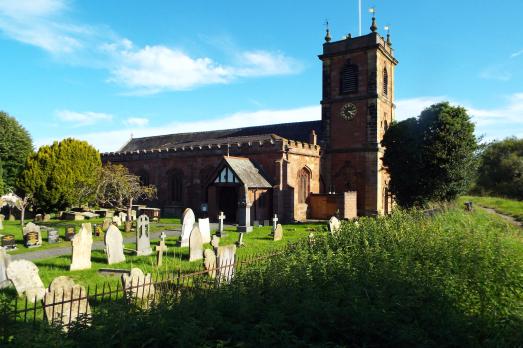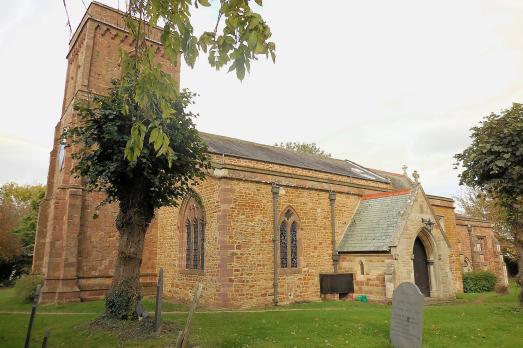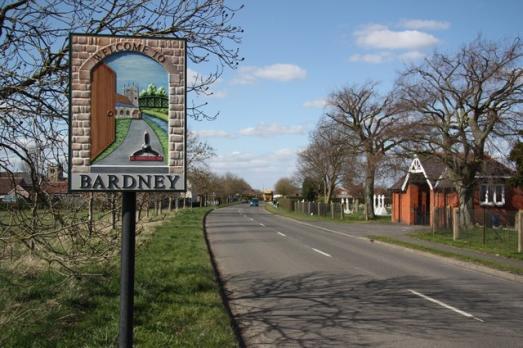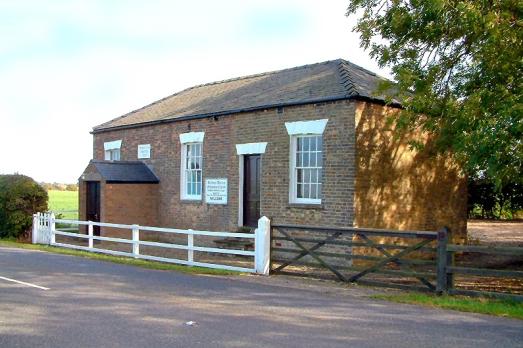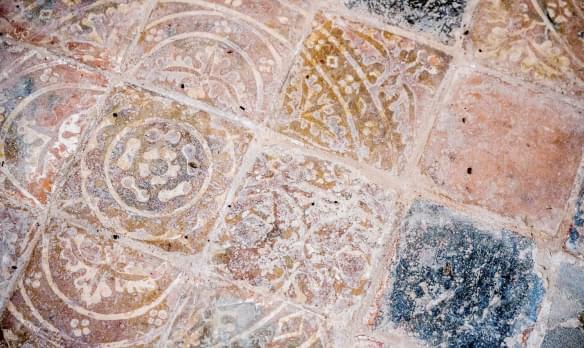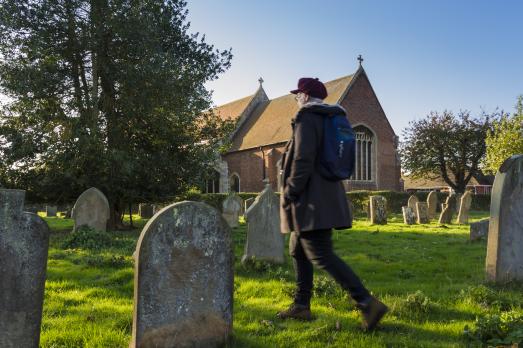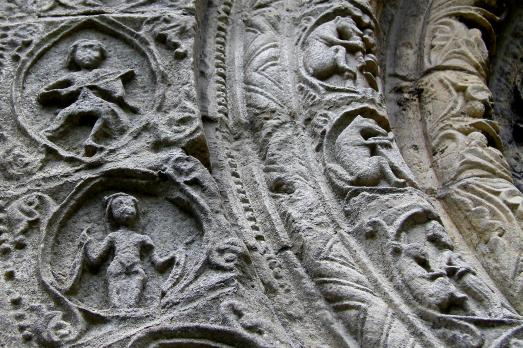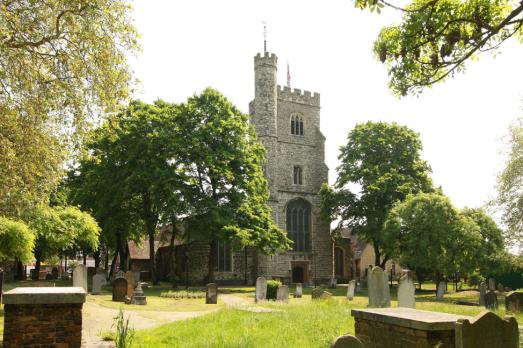St Mary the Virgin
Bampton, Oxfordshire | OX18 2LW
The church of St Mary the Virgin lies at the centre of an ancient parish within an Anglo-Saxon royal estate and on the site of a late Anglo-Saxon minster from 950 or earlier.
We have supported this church


